
1886 - 1957
Diego Rivera
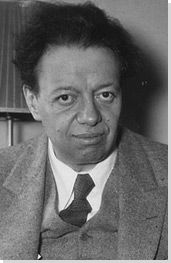
description
An outstanding Mexican painter, muralist, as well as a left-wing politician. Born in Guanajuato (northwest of Mexico), in a notable and well-to-do Spanish family. His mother was a Jew from among the conversion (converted to Catholicism). His twin Diego died at the age of two. The boy started drawing when he was three years old; his parents actively encouraged him. The significant periods of his career were in France and the United States. He was the most influential Mexican artist of the 20th century. His art served as the basis for the concept of public art in America, becoming a significant part of the Federal Program for the Development of National Art in the 1930s and 1940s. D. Rivera is widely known in the world as a monumental artist and as the husband of artist Frida Kahlo. Although his main legacy, no doubt, are murals there was a fairly long and noticeable cubist period in his creative career, when about 200 canvases were created.
Too obvious “left” predilections of the artist served as an excuse for the destruction of his fresco “Man at the Crossroads”, commissioned for the Rockefeller Center in New York. The author refused to replace Lenin’s image with “the image of an unknown person”, as the customer wanted. Nelson Rockefeller did not pay the fee in connection with the conflict, but the stubborn Rivera recreated this monumental painting in Mexico City, depicting his friend L. Trotsky instead of Lenin, in the Palais des Beaux-Arts, and calling the fresco more categorically – “Man ruling the Universe”.
In Mexico, the museum of the artist was opened. His grandiose in scale and designs frescoes decorate the public buildings of his native country and cities of America. Moreover, his paintings are included in the collections of many museums around the world.
Key Ideas:
– Before meeting Cubists, Diego worked in a traditional style, close to French Classicism. Rivera was carried away by Cubism on arrival in Paris: accepting its main principles enthusiastically, an exceptionally talented Mexican painter created original Сubist paintings in various genres – landscapes, portraits, plot compositions and still lifes.
– A flat surface became the starting point for the reassessment of the basic techniques of painting. The artist divided the objects into segments in his own way and composed them to form the whole, using both bright and dark colors. Usually, the background was dark; the elements of the composition looked exceptionally sculptural on it.
– The artist himself characterized Cubism as a “revolutionary movement”; in canvas “Zapatist Landscape”, one can see a gun, a bandolier, and the collage-like style points to a synthetic, not analytic, phase of Cubism. The author considered this work, created at the height of the Mexican revolution, “the most faithful expression of the Mexican mood.”
– After 1917, being inspired by the paintings of Cezanne and quarreling with the Cubists, Rivera moved to Post-impressionism with simple large forms of compositions and bright colors.
– The frescos that Rivera performed in his homeland, concerned the life of society – the events of the historical past and the revolution of 1910.
– Rivera-muralist developed his own style, based on large, simplified figures and bold colors. The influence of political views combined with the art and traditions of the Aztecs in these works is obvious. Thus, the fresco “Fertile Land” at the agricultural university depicts the revolutionary struggle of peasant farmers and workers. Over the bodies of the fallen heroes of the uprising, a woman with corn in her hands is depicted. She is associated with the Aztec goddess.
1886
1896
1907
1909
1910
1920
1922
1923
1929
1940
1957
The birth of the artist
He was awarded a scholarship to receive education in Europe

The manner of the painting of this period is close to classical French Realism

He visited Paris and Belgium

The first exhibition at the Academy of San Carlos
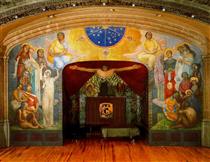
He worked in a style close to Post-impressionism
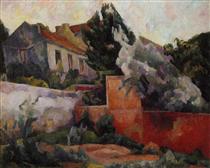
Returning to his homeland joined the Mexican Communist Party

Visited the USSR
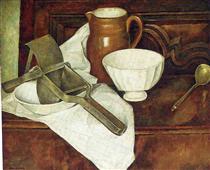
He married his art student F. Kalo

Started working in America

The death of the genius
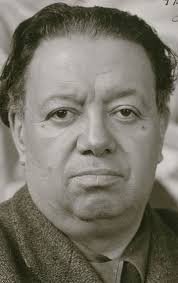
Diego Rivera
On Artist
flow
Classicism
Cubism
friends
Amedeo Modigliani
Jeanne Hebuterne
Chaim Soutine
Moses Kisling
Marevna
artists
Eduardo Chicharro
El Greco
Diego Velazquez
Francisco Goya
Pablo Picasso
Juan Gris
Jacques Lipschitz
George Braque
Giacomo Balla
Gino Severini
Paul Cezanne
Mark Shagal
Robert Delone
By Artist
flow
Muralism
friends
Jose David Alfaro Siqueiros
Angelina Belova
Frida Kahlo
Fernando Botero
Rufino Tamayo
Shan Ben
Saturnino Herran
Roberto Montenegro
Jose Clemente Orozco
Mikhail Boychuk
artists
Pedro Coronel
Vlady
Thomas Garth Benton
